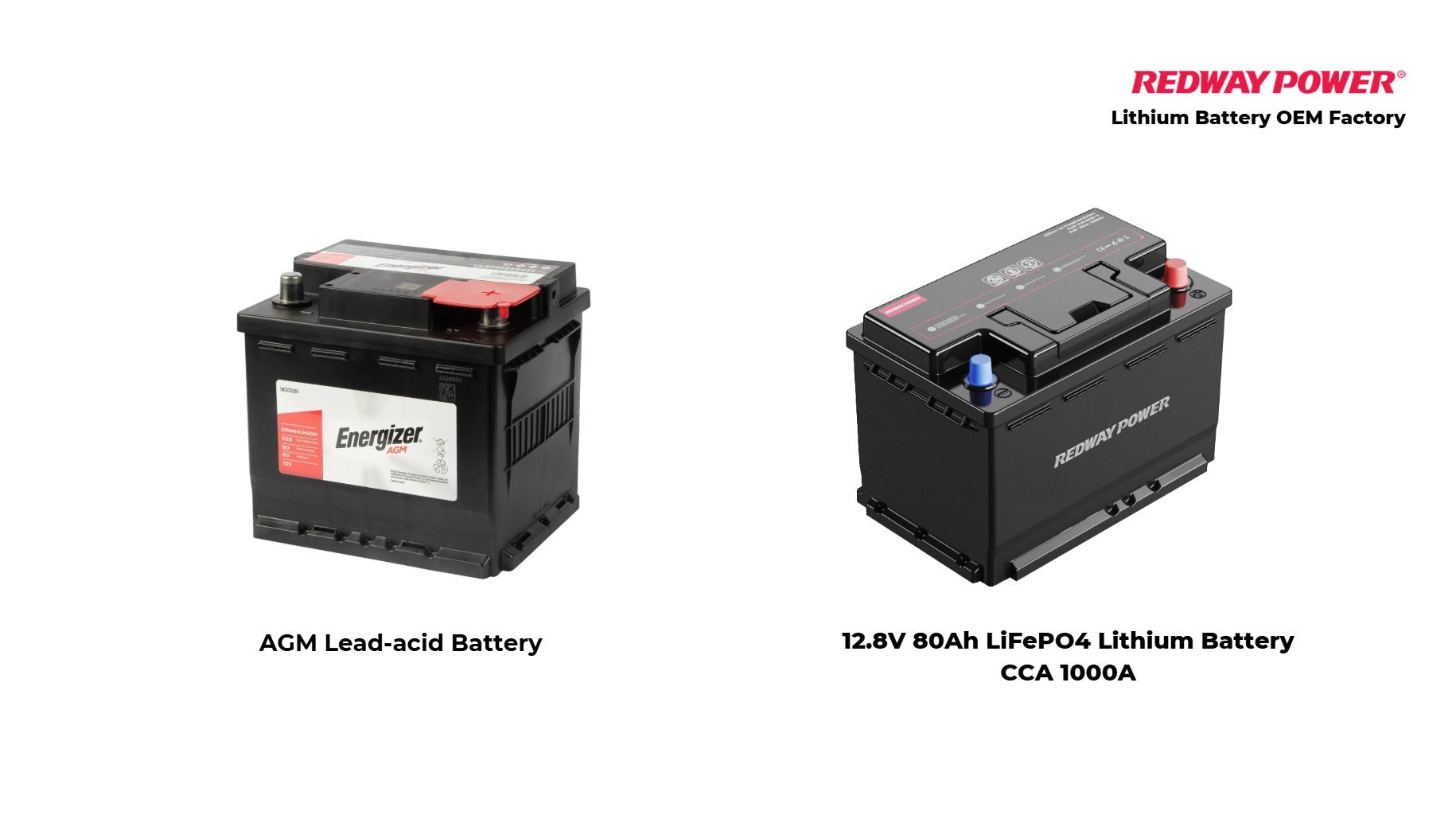
Why Choose AGM Batteries for Your Vehicle?
AGM (Absorbent Glass Mat) batteries are advanced lead-acid batteries designed for high performance and reliability, especially in vehicles with complex electrical systems. They offer numerous advantages, including maintenance-free operation and resistance to vibration, making them a popular choice for modern automotive applications.
What is an AGM battery and how does it work?
AGM batteries utilize a fiberglass mat to absorb and immobilize the electrolyte, preventing spillage and allowing the battery to be mounted in various orientations. This design enhances safety and efficiency, making them suitable for demanding environments.
What are the key advantages of using AGM batteries?
AGM batteries provide several notable benefits:
- Maintenance-Free: They do not require regular watering or maintenance.
- Vibration Resistance: Their construction allows them to withstand shocks and vibrations, ideal for off-road vehicles.
- Low Self-Discharge Rate: They hold their charge longer when not in use.
- Enhanced Safety: The sealed design eliminates the risk of acid spills.
| Advantage | Description |
|---|---|
| Maintenance-Free | No need for regular maintenance |
| Vibration Resistant | Suitable for rough terrains |
| Low Self-Discharge | Longer shelf life |
| Enhanced Safety | Sealed design prevents spills |
How do AGM batteries differ from conventional lead-acid batteries?
The primary differences include:
- Electrolyte Design: Conventional batteries have free-flowing electrolyte, while AGM batteries have it absorbed in glass mats.
- Maintenance Needs: Conventional types require regular maintenance; AGMs do not.
- Orientation Flexibility: AGMs can be installed in any position, unlike conventional batteries that must remain upright.
| Feature | Conventional Batteries | AGM Batteries |
|---|---|---|
| Electrolyte | Free-flowing | Absorbed |
| Maintenance | Regular required | Maintenance-free |
| Installation Orientation | Upright only | Any position |
Why are AGM batteries ideal for vehicles with stop/start technology?
AGM batteries are specifically designed to handle frequent cycling of charge and discharge, which is characteristic of vehicles equipped with stop/start systems. They provide reliable power during engine restarts and can endure the higher demands placed on them by these technologies.
AGM (Absorbent Glass Mat) batteries are ideal for vehicles equipped with stop/start technology because they are specifically engineered to handle the frequent and rapid cycling of charge and discharge that these systems demand. Unlike traditional lead-acid batteries, AGM batteries feature a tightly packed glass mat separator that immobilizes the electrolyte, allowing for faster recharge rates and improved deep cycling capabilities. This design ensures they can deliver reliable power during repeated engine restarts, which is essential for maintaining smooth operation and preventing battery failure in stop/start vehicles.
Moreover, AGM batteries are more resistant to vibration and temperature extremes, making them durable in the demanding automotive environment. Their low internal resistance allows for quick bursts of power needed to restart the engine efficiently, while their enhanced charge acceptance helps maintain optimal battery health despite the increased electrical load. Overall, AGM batteries provide the robust performance, longevity, and safety required to support modern stop/start systems, improving fuel efficiency and reducing emissions without compromising reliability.
What features should you consider when selecting an AGM battery?
When choosing an AGM battery, consider:
- Capacity (Ah): Ensure it meets your vehicle’s power requirements.
- Cold Cranking Amps (CCA): Higher CCA ratings indicate better starting power in cold conditions.
- Size and Compatibility: Verify that the battery fits your vehicle’s specifications.
| Feature | Importance |
|---|---|
| Capacity (Ah) | Determines how long devices can run |
| Cold Cranking Amps | Affects starting power in low temperatures |
| Size | Must fit within designated space in your vehicle |
What are the most common applications for AGM batteries?
AGM batteries are widely used in:
- Automobiles: Particularly those with advanced electrical systems.
- Motorcycles: Where vibration resistance is crucial.
- Leisure Vehicles: Such as RVs and boats, benefiting from their maintenance-free nature.
How can you maintain your AGM battery for optimal performance?
To ensure longevity and performance:
- Regular Charging: Keep the battery charged, especially during off-seasons.
- Check Connections: Ensure terminals are clean and secure to prevent voltage drops.
- Avoid Deep Discharges: Try not to discharge below 50% of capacity regularly.
| Maintenance Task | Frequency |
|---|---|
| Charge after use | Every use |
| Clean terminals | Monthly |
| Monitor discharge levels | Regularly |
To maintain your AGM (Absorbent Glass Mat) battery for optimal performance and longevity, it’s essential to follow a consistent care routine. One of the most important practices is regular charging, especially during periods of inactivity or off-seasons, to prevent the battery from falling into a deep discharge state, which can cause irreversible damage. Always use a charger specifically designed for AGM batteries, as they require a precise charging profile to avoid overcharging or undercharging. Additionally, check and clean battery terminals monthly to remove corrosion and ensure tight, secure connections, which helps prevent voltage drops and maintains efficient power delivery.
Avoiding deep discharges below 50% capacity is crucial because repeated deep cycling significantly reduces the battery’s lifespan. Regularly monitor discharge levels and recharge promptly after use to keep the battery healthy. Performing these maintenance tasks—charging after every use, monthly terminal cleaning, and frequent discharge monitoring—will maximize your AGM battery’s cycle life, reliability, and safety. Remember, a well-maintained AGM battery not only performs better but also supports the smooth operation of your vehicle or equipment over many years.
Industrial News
Recent advancements in AGM battery technology focus on improving energy density and reducing costs. Manufacturers are developing lighter models that maintain high performance while being more environmentally friendly. The growing demand for electric vehicles also drives innovation in this area, leading to enhanced features tailored for modern automotive needs.
